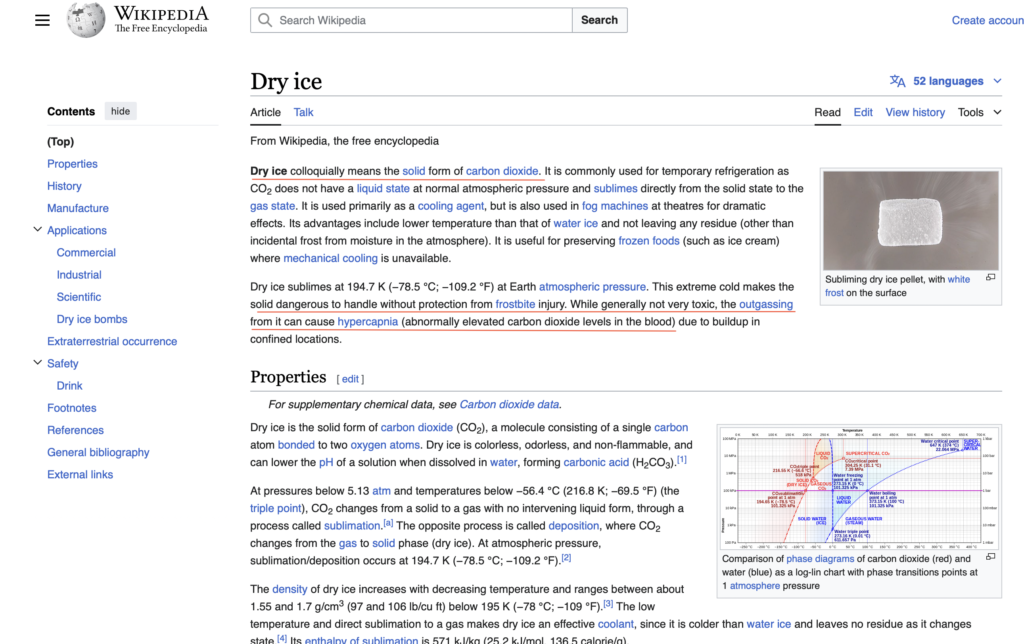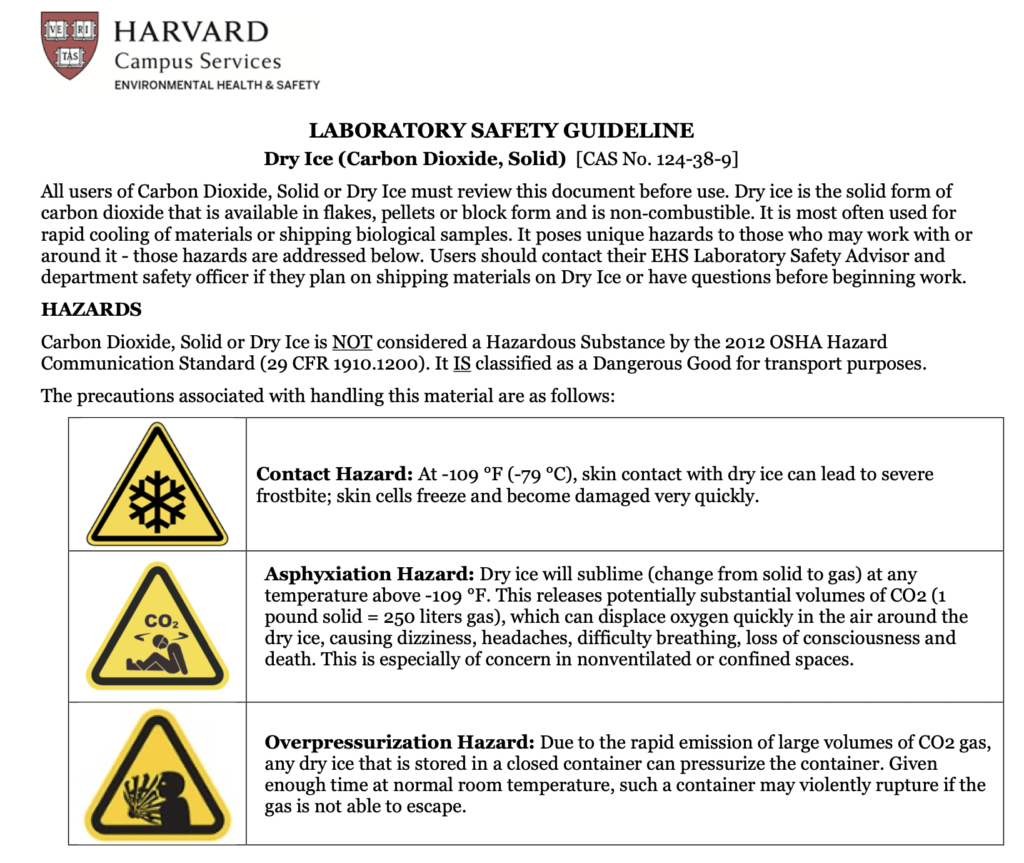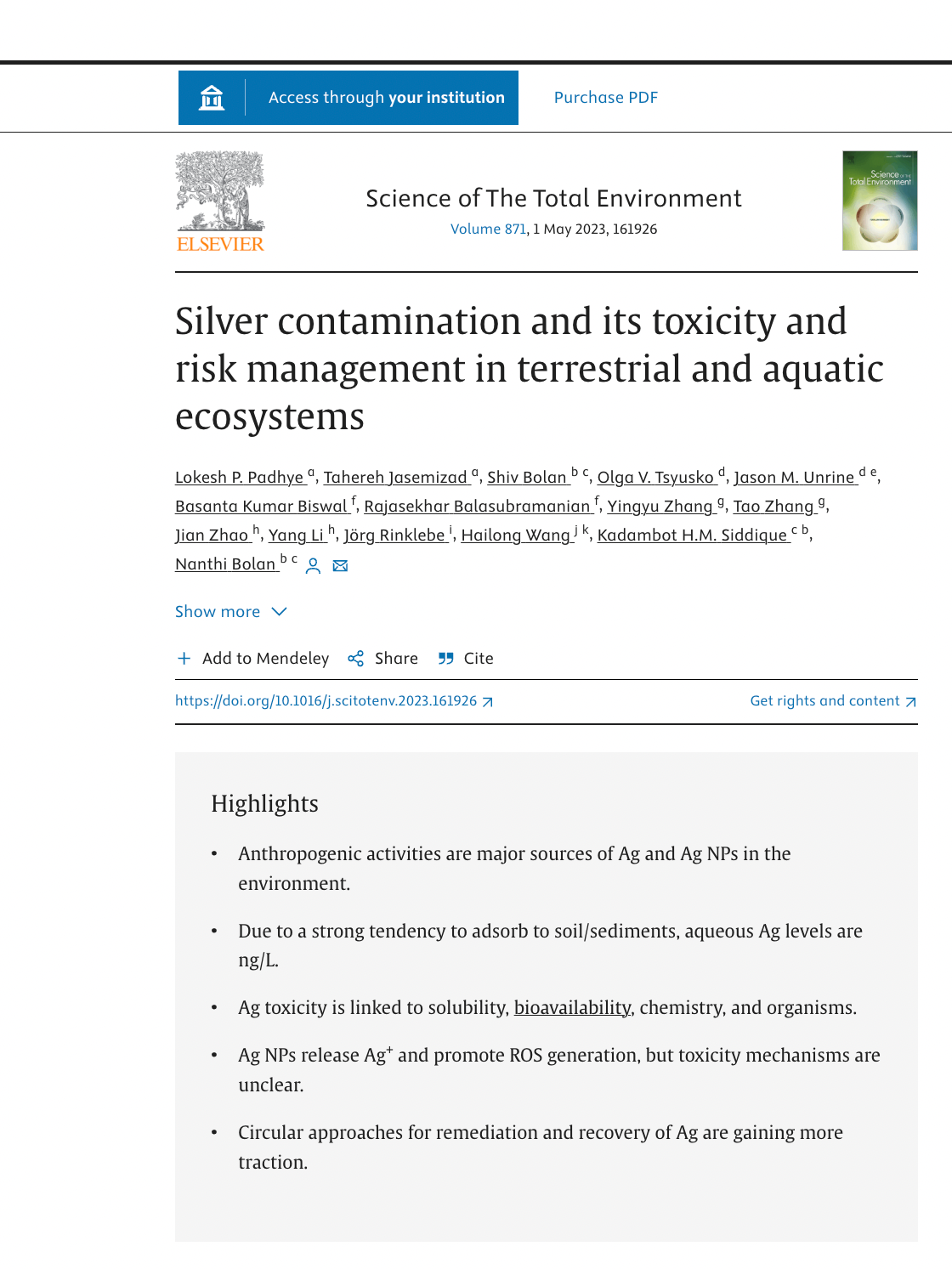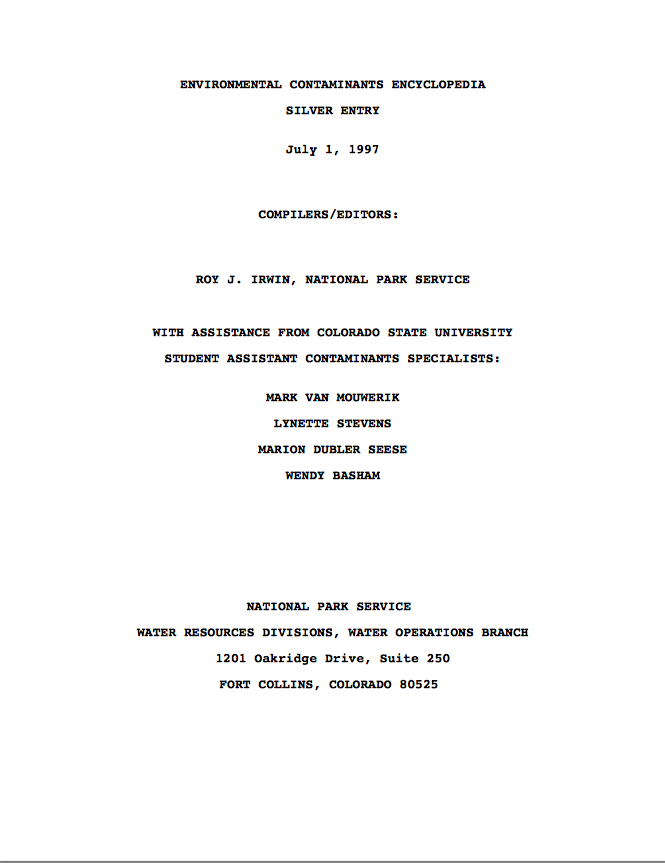When it comes to keeping things cool, dry ice is a popular choice due to its ability to maintain low temperatures for extended periods. However, did you know that dry ice is essentially solid carbon dioxide (CO2) and can pose potential health risks if not handled properly? In this article, we will explore the health issues related to dry ice exposure and others from its harmful effects.
Dec 14, 2007 KCRA 3 Meteorologist Dirk Verdoorn talks about how cloud seeding takes place.
Did you know? Dry Ice = Carbon Dioxide = CO2

1. What is dry ice?
A: Dry ice is the solid form of carbon dioxide (CO2).
2. How is dry ice different from regular ice?
A: Unlike regular ice (frozen water), dry ice doesn’t melt into a liquid. Instead, it directly changes from a solid to a gas, a process called sublimation.
3. Why is dry ice so cold?
A: Dry ice has a very low temperature of -109.3°F (-78.5°C), which is much colder than regular ice. This is because the CO2 molecules are tightly packed and have strong intermolecular forces.
4. What are some common uses for dry ice?
A: Dry ice is used for:
– Cooling and preserving food
– Creating special effects (fog machines)
– Cleaning industrial equipment
– Packaging and shipping perishable goods
– Scientific research
5. Is dry ice dangerous?
A: Dry ice can be dangerous if handled improperly. It can cause severe frostbite and should only be handled with gloves and protective equipment. Direct contact with skin can be very painful.
6. How is dry ice made?
A: Dry ice is made by compressing and cooling carbon dioxide gas until it turns into a solid state
7. What happens when dry ice is exposed to air?
A: Dry ice sublimates, meaning it turns directly into a gas. This process releases a cloud of CO2, which can be used for special effects. According to Wikipedia, the outgassing from it can cause hypercapnia (abnormally elevated carbon dioxide levels in the blood) due to buildup in confined locations.
8. How Dry Ice is Dangerous for Health?
Dry ice can be a very serious threat to the body as it will melt due to the heat of the mouth as soon as it is eaten and immediately spread throughout the mouth. As this ice melts, it turns into carbon dioxide gas and damages surrounding tissues and cells. This can cause a person to become unconscious and in some cases even die. Leave aside food, and keep dry ice away from your skin. Even if you ever touch it, wear cloth or leather gloves and use towels etc. Otherwise, it may cause bleeding as soon as it comes in contact with the skin.
Not only this, exposure to carbon dioxide can cause headache, dizziness, difficulty in breathing, tremors, confusion and ringing in the ears. Excessive exposure can lead to coma and death.

While dry ice can be useful in many situations, it is essential to be aware of the potential health risks associated with its use. When dry ice sublimates, it releases carbon dioxide gas, which can displace oxygen in the air. This can lead to asphyxiation if the area is not well-ventilated, especially in enclosed spaces. Symptoms of carbon dioxide exposure include dizziness, shortness of breath, confusion, and even loss of consciousness.
Additionally, direct skin contact with dry ice can cause frostbite or skin burns due to its extreme cold temperature. It is crucial to handle dry ice with the proper protective equipment, such as gloves, to prevent any injuries. Moreover, inhaling high concentrations of carbon dioxide gas can lead to respiratory issues, such as difficulty breathing and chest tightness. Individuals with preexisting respiratory conditions, such as asthma, may be more susceptible to the effects of carbon dioxide exposure.
Gurugram Mouth Freshener Case: What Is Dry Ice? | How Did It Make 5 People Cough Blood?
Consuming mouth freshener turned out to be a nightmare for five friends in Gurugram’s LaForestta Cafe. They all began vomiting blood and complained of cuts on their tongue after eating dry ice being served as a mouth freshener.
Silver Iodide is Toxic
Environmental Contaminants Encyclopedia – Silver

Cloud seeding programs typically employ the use of silver iodide
“General Hazard/Toxicity Summary: Hazards to fish, wildlife, and other non-human biota:
In fish and amphibian toxicity tests with 22 metals and metalloids, silver was the most toxic tested element as judged by acute LC50 values. In solution, ionic silver is extremely toxic to aquatic plants and animals. Among all tested species, the most sensitive individuals to silver were the poorly nourished and young and those exposed to low water hardness or salinity. It is emphasized that silver-induced stress syndromes vary widely among animal classes.
Published July 1, 1997

Karnataka: Cloud-seeding

Sliver Toxicity: https://www.nature.nps.gov/hazardssafety/toxic/silver.pdf
“Hazards to fish, wildlife, and other non-human biota:
In fish and amphibian toxicity tests with 22 metals and metalloids, silver was the most toxic tested element as judged by acute LC50 values. In solution, ionic silver is extremely toxic to aquatic plants and animals. Among all tested species, the most sensitive individuals to silver were the poorly nourished and young and those exposed to low water hardness or salinity.”
Is Cloud Seeding Harmful?
The Office of Environment, Health and Safety, UC Berkeley, rates silver iodide as a Class C, non-soluble, inorganic, hazardous chemical that pollutes water and soil.(3) It has been found to be highly toxic to fish, livestock and humans.(,1,2,3) Numerous medical articles demonstrate that humans absorb silver iodide through the lungs, nose, skin, and GI tract.(2,3) Mild toxicity can cause GI irritation, renal and pulmonary lesions, and mild argyria (blue or black discoloration of the skin). Severe toxicity can result in hemorrhagic gastroenteritis, shock, enlarged heart, severe argyria, and death by respiratory depression.(3)
Moreover, a key manufacturer of silver iodide for weather modification, Deepwater Chemicals, warns of potential health effects of silver iodide in their Material Safety Data Sheet as follows:
Chronic Exposure/Target Organs: Chronic ingestion of iodides may produce “iodism”, which may be manifested by skin rash, running nose, headache and irritation of the mucous membranes. Weakness, anemia, loss of weight and general depression may also occur. Chronic inhalation or ingestion may cause argyria characterized by blue-gray discoloration of the eyes, skin and mucous membranes. Chronic skin contact may cause permanent discoloration of the skin.
Under the guidelines of the Clean Water Act by the EPA, silver iodide is considered a hazardous substance, a priority pollutant, and as a toxic pollutant.
http://www.ehs.berkeley.edu/pubs/guidelines/draindispgls.html (1)
http://www.nature.nps.gov/hazardssafety/toxic//silver.pdf (2)
http://www.silvermedicine.org/whosilvercompoundtoxicity.html (3)
Salt dries up water / Causes Drought

Modification of the weather By Cloud Seeding
“In cloud seeding, very small particles of Silver Iodide (AgI) are used as artificial ice nuclei to form ice crystals and initiate the Bergeron-Findeisen mechanism.
An alternative method is to use dry ice (solid Carbon Dioxide, CO2) which as it passes through the cloud cools the surrounding air.

com/seeding.html
As scientists concentrate on the processes involved in the weather, we will be able to improve the present method of cloud seeding, and change the weather around us.”
“It was in Pennsylvania that one of the first laws was passed with the intent of curbing possible harm to nature by changing the weather. In discussing the bill, which became the 1967
Pennsylvania law, one of its sponsors on the House of Representatives stated: ” Cloud seeding involves silver iodide, and silver iodide, Mr. Speaker, is highly poisonous. AgI used in seeding falls everywhere, on trees, in vegetation, roofs, people and in its synergistic action joins with motor exhaust to become lead iodide.”
Source: Youtube, Zero Engineering,
Also Read:
